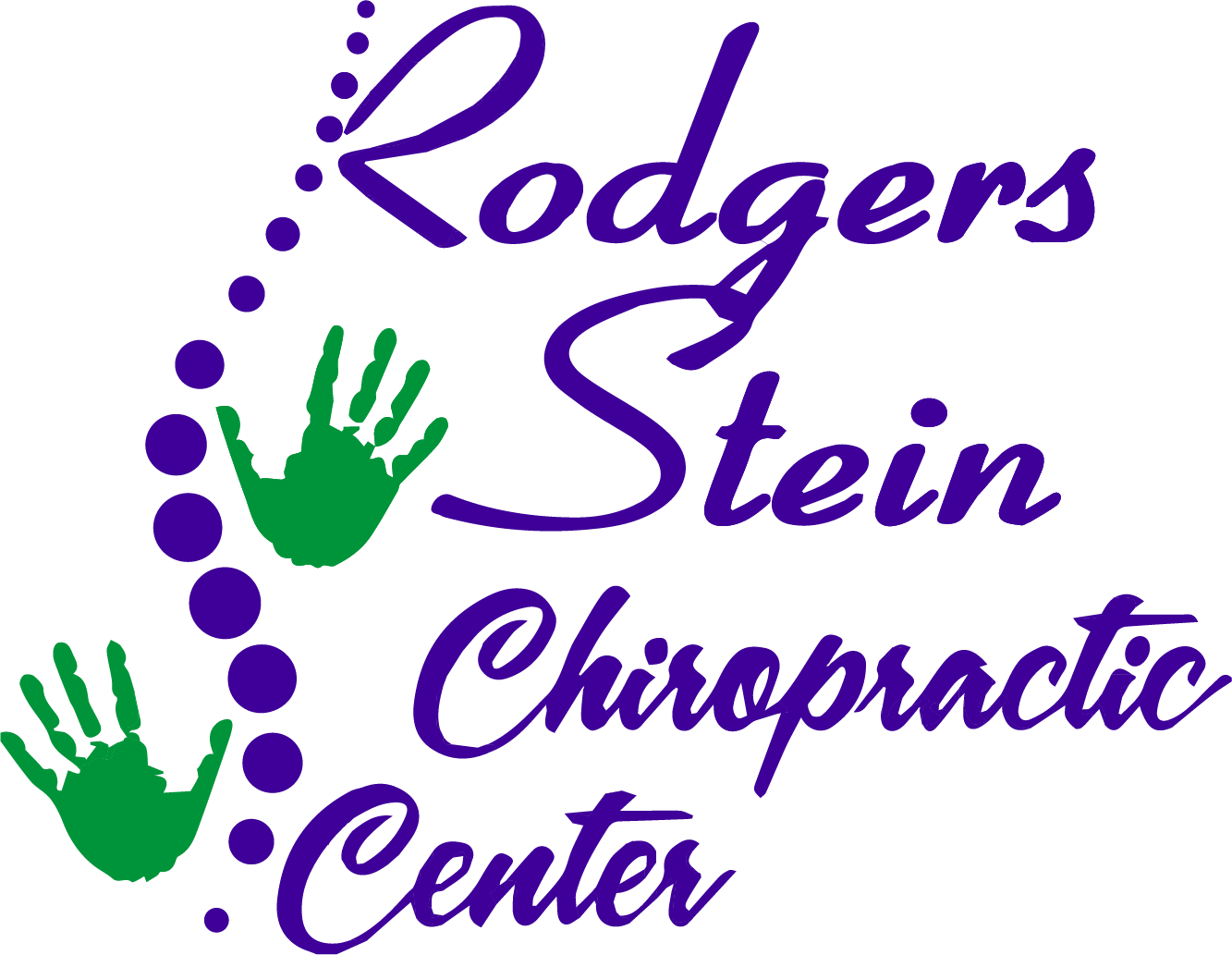You've probably felt it at some point—a nagging ache in your back that just won't quit. It's more than just an inconvenience; it can signal deeper issues that deserve your attention. By understanding the common causes and symptoms, you can start to unravel the complexities of back pain. But what if the solutions you've tried aren't working? Knowing when to seek help and which treatments might be essential could be vital in your journey toward relief. Let's explore this together and uncover the steps you can take to regain control.
Common Causes of Back Pain
Back pain can stem from a variety of common causes, and understanding them is key to finding relief. One of the most prevalent culprits is poor posture, especially if you spend long hours sitting at a desk or slouching while using your phone. You mightn't realize it, but your posture can put unnecessary strain on your spine, leading to discomfort.
Another common cause is muscle strain. Activities like lifting heavy objects without proper technique or overexerting yourself during exercise can lead to strained muscles in your back. If you've recently taken up a new workout routine, it's important to ease into it to prevent these kinds of injuries.
In addition to strains, herniated discs can also be a major source of back pain. When the soft material inside your spinal discs pushes through the outer layer, it can press on surrounding nerves, causing sharp pain or numbness. This often happens due to aging, but it can also be linked to heavy lifting or repetitive motions.
Lastly, underlying medical conditions like arthritis or sciatica can contribute to back pain. If you have inflammation in the joints of your spine or pressure on the sciatic nerve, you may find yourself dealing with persistent discomfort.
Identifying Symptoms and Signs
Recognizing the symptoms and signs of back pain is vital for effective management and treatment. You might experience a variety of sensations that signal something's wrong. The most common symptom is a dull, aching pain in your lower back, which could intensify with certain movements or prolonged sitting.
Sometimes, you may feel sharp, shooting pain that radiates down your legs, indicating potential nerve involvement. Pay attention to how your back feels with different activities. If you notice stiffness or tightness, especially after sitting for extended periods, that's a sign your back needs attention.
You might also experience difficulty standing up straight or bending over, which can hinder your daily activities. In some cases, back pain can be accompanied by additional symptoms like tingling or numbness in your limbs. This often points to nerve irritation or compression, and it's essential to seek medical advice if this occurs.
Additionally, if your pain worsens at night or disrupts your sleep, it's a red flag that shouldn't be ignored. Finally, be aware of how your symptoms progress. If your pain persists for more than a few weeks, or if it's accompanied by fever, unexplained weight loss, or significant weakness, consult a healthcare professional immediately.
Identifying these symptoms early can help you take proactive steps toward recovery and prevent further complications.
Risk Factors to Consider
Understanding the symptoms of back pain is just the first step; knowing the risk factors can help you take preventive measures. Several lifestyle choices and personal factors can increase your chances of developing back pain. For instance, if you lead a sedentary lifestyle, you're more likely to experience back issues. Sitting for prolonged periods can weaken your muscles and lead to poor posture, both of which contribute to discomfort.
Age is another significant risk factor. As you get older, the natural wear and tear on your spine increases. Conditions like degenerative disc disease become more common, making back pain more likely. Additionally, if you have a family history of back problems, you might want to pay extra attention to your spine health.
Obesity also plays an essential role. Extra weight puts additional strain on your back, making it more susceptible to pain. If you're carrying excess weight, consider adopting a healthier diet and incorporating exercise into your routine.
Certain occupations can heighten your risk as well. Jobs that require heavy lifting, repetitive movements, or prolonged sitting can lead to chronic pain. If you work in such an environment, using proper techniques and taking regular breaks can help mitigate these risks.
Lastly, stress can contribute to muscle tension, which may lead to back pain. Practicing stress management techniques like meditation or yoga can be beneficial.
Diagnosing Back Pain
Identifying the source of your back pain is essential for effective treatment. When you first experience discomfort, it's natural to wonder what's causing it. Start by noting the specific location of the pain—whether it's in your lower back, upper back, or even radiating down your legs. This detail will help you and your healthcare provider narrow down potential causes.
Next, consider the pain's characteristics. Is it sharp, dull, or throbbing? Does it worsen with certain movements or activities? Keeping a detailed log of your symptoms can provide valuable insights during your medical evaluation.
Don't forget to mention any recent injuries, heavy lifting, or changes in your routine that might've triggered the pain.
When you visit a healthcare professional, they'll likely perform a physical examination and ask about your medical history. They may check your reflexes, strength, and range of motion to assess how your back is functioning.
Depending on their initial findings, they might recommend imaging tests, such as X-rays or MRIs, to get a clearer picture of your spine and surrounding structures.
Finally, be open and honest about your lifestyle and any stress factors you believe might be contributing to your pain. All of this information will help your provider create a more accurate diagnosis.
Non-Surgical Treatment Options
When it comes to managing back pain, non-surgical treatment options can be highly effective and may help you regain your daily activities without the need for invasive procedures.
One of the first steps you can take is to engage in physical therapy. A skilled therapist can develop a tailored exercise program that strengthens your back and core muscles, improving flexibility and reducing pain.
You might also consider over-the-counter pain relievers, like ibuprofen or acetaminophen. These medications can provide temporary relief and allow you to participate in your prescribed exercises.
If your pain is more severe, your doctor may recommend prescription medications or muscle relaxants to help ease discomfort.
Another popular option is chiropractic care. Chiropractors use hands-on techniques to adjust misaligned vertebrae, which can relieve pressure on nerves and alleviate pain.
Acupuncture is another alternative that some find beneficial, as it involves inserting thin needles into specific points on the body to promote healing and pain relief.
Don't underestimate the power of lifestyle changes. Maintaining a healthy weight, practicing good posture, and incorporating regular low-impact aerobic activities can make a significant difference.
Finally, consider mindfulness practices such as yoga or meditation to help manage stress and improve your overall well-being.
Surgical Interventions Explained
If non-surgical options haven't brought you relief, it might be time to explore surgical interventions.
You'll want to understand the various types of procedures available, along with their risks and benefits.
Additionally, knowing what to expect during the recovery process can help you make an informed decision.
Types of Surgical Procedures
Understanding the various types of surgical procedures for back pain can greatly impact your treatment journey. When conservative treatments fail, you might consider surgery to alleviate your discomfort.
One common approach is a discectomy, where the surgeon removes part or all of a herniated disc pressing on a nerve. This can offer immediate relief from pain and improve mobility.
Another option is laminectomy, which involves removing a portion of the vertebra to relieve pressure on the spinal cord or nerves, often used for conditions like spinal stenosis.
If you're dealing with instability in your spine, a spinal fusion might be recommended. This procedure joins two or more vertebrae together, stabilizing the spine and reducing pain.
For severe cases, artificial disc replacement can be an option, where a damaged disc is replaced with an artificial one to maintain motion.
Lastly, vertebroplasty or kyphoplasty can be useful for treating spinal compression fractures, injecting cement into the vertebra to restore height and relieve pain.
Each of these procedures has unique benefits, so discussing your options with a physician is essential to find the right fit for your situation.
Risks and Benefits
Surgical interventions for back pain come with both risks and benefits that you should carefully consider. On the one hand, surgeries like discectomy or spinal fusion can provide significant relief from chronic pain, improve mobility, and enhance your overall quality of life. If conservative treatments haven't worked for you, surgery might be the best option to address the underlying issues causing your discomfort.
However, it's essential to understand the risks involved. Surgical procedures can lead to complications such as infections, blood clots, or nerve damage. You might also experience ongoing pain or a longer recovery than expected. Additionally, there's no guarantee that the surgery will completely eliminate your back pain, and some individuals may require additional surgeries down the line.
Before making a decision, weigh these factors alongside your personal health situation and pain levels. Consult with your healthcare provider to discuss your specific diagnosis and treatment options.
Understanding both the potential benefits and the risks will empower you to make the best choice for your back pain management. Remember, this isn't just a medical decision; it's about your overall well-being and lifestyle.
Recovery Process Overview
After undergoing surgery for back pain, you'll commence a recovery journey that requires patience and commitment.
The first few weeks are significant, as your body starts to heal. You'll likely experience some discomfort and swelling, but that's a normal part of the healing process. It's important to follow your surgeon's post-operative instructions carefully, including pain management and any prescribed medications.
As you progress, you'll gradually reintroduce light activities. Physical therapy is often a key component of your recovery. Your therapist will guide you through exercises designed to strengthen your back and improve flexibility.
Stick to the recommended schedule; consistency is essential for best recovery.
You may also need to modify daily activities, such as lifting or bending, to avoid any strain on your healing back. Don't hesitate to ask for help when needed. It's important to listen to your body and know when to push yourself or take a step back.
Finally, keep follow-up appointments with your doctor to monitor your progress.
Importance of Posture
Good posture isn't just about standing tall; it plays an essential role in maintaining your overall health and preventing back pain. When you sit, stand, or move with proper alignment, you distribute your body weight evenly, reducing stress on your spine and surrounding muscles. This balance helps prevent unnecessary strain that can lead to discomfort and chronic pain.
You mightn't realize it, but your posture affects your breathing and circulation too. Slouching can compress your lungs and restrict airflow, making it harder for your body to get the oxygen it needs. Furthermore, poor posture can lead to tension in your neck and shoulders, contributing to headaches and fatigue.
Pay attention to how you position your body throughout the day. If you're sitting at a desk, make sure your chair supports your lower back and that your feet rest flat on the floor. When standing, keep your shoulders back and your head aligned with your spine. Small adjustments can make a significant difference.
Don't forget about your posture during physical activities as well. Whether you're lifting heavy objects or exercising, maintaining proper alignment will reduce your risk of injury.
Incorporating good posture into your daily routine not only enhances your physical well-being but also boosts your confidence and mood.
Take a moment to evaluate your posture right now; you might be surprised at how a few tweaks can lead to a healthier, pain-free life.
Lifestyle Changes for Relief
Many people find that making simple lifestyle changes can greatly alleviate back pain. By tweaking your daily habits, you can improve your overall well-being and reduce discomfort.
Here are four effective changes you can start implementing today:
- Stay Active: Regular physical activity strengthens your muscles and improves flexibility. Aim for at least 30 minutes of moderate exercise most days. Activities like walking, swimming, or yoga can be particularly beneficial.
- Adjust Your Workspace: If you spend long hours at a desk, make sure your ergonomic setup supports your spine. Use a chair with good lumbar support, keep your feet flat on the floor, and position your computer screen at eye level.
- Practice Mindfulness: Stress can contribute to muscle tension and exacerbate back pain. Incorporate mindfulness techniques like deep breathing or meditation into your daily routine to help manage stress levels.
- Maintain a Healthy Weight: Excess weight can strain your back, leading to pain. Focus on a balanced diet rich in fruits, vegetables, and whole grains, and consider working with a nutritionist to create a plan that suits your needs.
When to Seek Professional Help
If your back pain lingers for more than a few weeks, it's time to contemplate professional help.
Pay attention to any additional symptoms like numbness, weakness, or fever, as these can signal a more serious issue.
Don't wait too long; seeking guidance early can lead to better outcomes.
Persistent Pain Duration
When you experience back pain that lingers for more than a few weeks, it's crucial to assess the situation seriously. Persistent pain can indicate underlying issues that may require professional intervention.
Here are some key signs that it's time to seek help:
- Pain Intensity: If your pain is severe and doesn't improve with rest or over-the-counter medications, don't hesitate to consult a professional.
- Mobility Issues: Struggling to perform daily activities or noticing a significant decrease in your range of motion should raise red flags.
- Duration: If your back pain lasts longer than three weeks, it's wise to discuss your symptoms with a healthcare provider.
- Impact on Life: When pain disrupts your sleep, work, or overall quality of life, it's time to get an expert opinion.
Associated Symptoms Evaluation
Back pain often comes hand in hand with other symptoms that can signal a more serious underlying condition.
If you experience numbness or tingling in your legs, it's vital to pay attention. These sensations might indicate nerve involvement, which could require immediate medical evaluation. Additionally, if you notice weakness in your legs or difficulty walking, don't ignore it. These symptoms can suggest more severe issues, like spinal cord compression.
Fever or unexplained weight loss accompanying back pain should also raise red flags. These signs may point to infections or even malignancies that require prompt attention. If your pain follows a fall or injury, seek help right away, especially if it worsens or restricts your mobility.
Lastly, if your back pain persists for more than a few weeks despite home treatment, it's time to consult a healthcare professional. Early intervention can prevent further complications and facilitate a quicker recovery.
Conclusion
To sum up, understanding back pain is the first step toward relief. By recognizing common causes, symptoms, and risk factors, you can take proactive measures to improve your situation. Whether you opt for non-surgical treatments or consider surgical options, prioritizing good posture and making lifestyle changes can make a big difference. Remember, if your pain persists or worsens, don't hesitate to seek professional help. You deserve a healthier, more active life!



